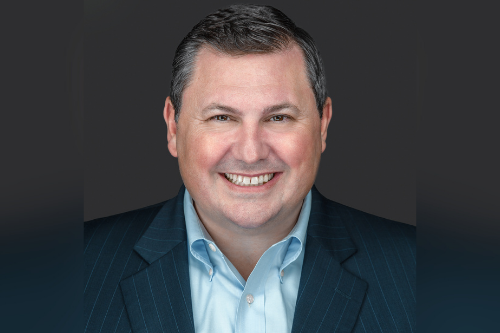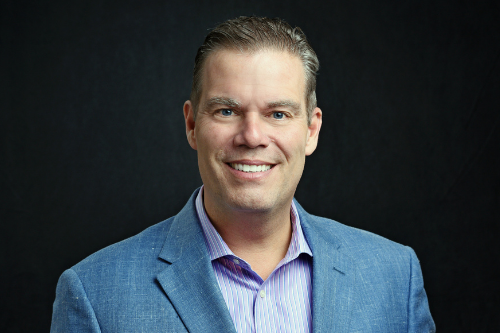

The hardening market has forced the industry to think proactively, shifting attention to education on market conditions and customizing coverage to fit individual needs.
“A hard market is cyclical for the insurance industry, it can be 15-20 years between cycles,” Troy Crawford (pictured above), the head of small business product management at Westfield told Insurance Business. “A lot of producers out there that are newer to the insurance industry may not have been through a hard market before, so we should make sure we’re educating them on what drives hard market conditions.”
“When you talk about a hardening market, there’s two different pieces,” Mark Moitoso (pictured below), executive VP of risk practices at Lockton added. “One, is programs restructuring, and by and large the program capacity and capital deployment has all been restructured. Now it’s a question of how much prices will continue to rise. Our anticipation is that prices will continue to increase but in a less painful way.”
It’s vital for agents to have a clear understanding of what is driving market conditions so clients can receive a well-rounded explanation to the rationale for increases. Then they can carefully examine the options available to them.
“Lowering coverage in a hard market is not always the right starting point,” Crawford noted.
He emphasized the importance of educating consumers about inflationary trends, providing a background as to why insurance rates are increasing, taking the time to carry out coverage reviews, and updating information as a client’s insurance needs may have shifted during the pandemic.

“Clients are thinking differently about their own balance sheet,” Moitoso added. “If the cost of using their balance sheets is getting so high then clients have to step back and assess whether or not they want to use their own balance sheet to take on risk.”
The importance of understanding the financial parameters of the client is key, with Moitoso stating that “the market itself should not drive that decision, the client’s own understanding of their risk, their risk tolerance and modeling capabilities is the winning recipe to making that decision.”
In the short term, updating coverage and talking about deductibles will benefit both the agent and clients. “From a long-term perspective, the best thing you can do is look at loss mitigation and loss control efforts because the lower your claims activity the better your insurance rate will be in the future,” said Crawford.
“It’s all about the individual client and creating a customized solution for that client as opposed to making general statements on how people could save money,” Moitoso said.
“The fundamentals of safety, loss control, claims management, and cost containment strategies, are certainly more important than ever because if you don’t have those capabilities documented and then analytically proven, then your access to capacity is diminished.”
“From an insurance company perspective, we absolutely recognize we’re in this together with the agents in navigating the hard market cycle and working for our customers,” added Crawford. “We should be trying to stay ahead of these renewals and give even more time to work with our agents in advance.”
